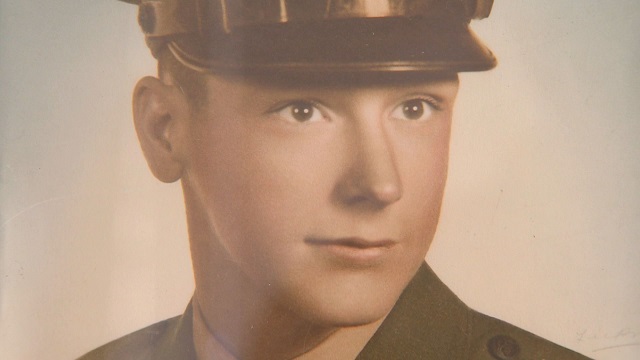Three months ago, I did something that would be considered blasphemous to the storytelling gods:
I blew off an invitation from Boyd Huppert.
When a 100x-Emmy winner reaches out to collaborate on a story, you should respond within minutes and say, “Absolutely, and where can I send the fruit basket to say thanks?” Boyd is not just a fabulous storyteller; he has been a constant source of inspiration, a guest on my podcast, and the author of the foreword for my book, The Solo Video Journalist. But on this day, I had to blow him off.
I had a good reason, though: my wife was in labor with our first child.
A day later, when our daughter had arrived and I had gained a few minutes to scroll through my messages, I saw Boyd’s note again and responded. He had discovered an extraordinary story involving a family in his region (the Twin Cities) and a 50-year-old man in mine (metro Atlanta). He proposed a video swap: I would shoot in ATL, and his team would shoot in MSP. When I realized I could shoot my part upon returning from paternity leave, I leapt at the chance.
Why? Of course I welcomed the opportunity to team up with Boyd. But I got especially excited about getting to work with his photographer. Boyd’s pieces for KARE-TV’s Land of 10,000 Stories segment are both poignantly written and immaculately shot, by photographers who regularly rank among the best in the country. I delighted at the chance to peek under the hood, use their footage, and study their techniques.
I got what I wished.
Boyd worked on this piece with Kevin Sullivan, a multiple finalist for NPPA Photographer of the Year and a recent Regional Edward R. Murrow winner. (He has since left KARE-TV to take a job with the Mayo Clinic.) Sully is a tremendous talent, and I dove into his video the way a child shovels through packing peanuts to get to a gift. I found treasure after treasure, from impeccably framed shots to beautifully captured moments. Here are three lessons I’ll take away for my own work as a photographer: (more…)


